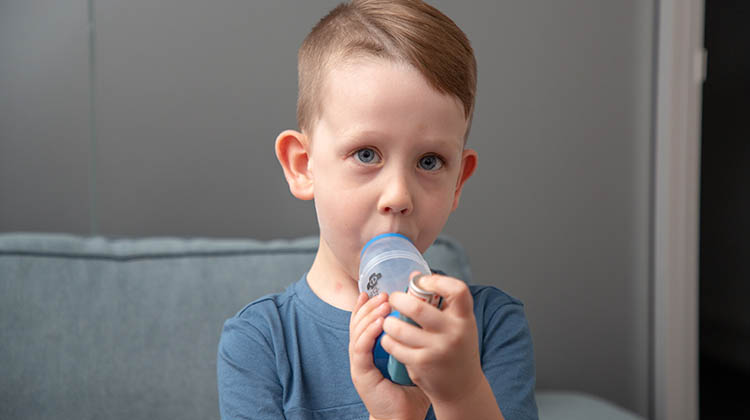Back to School Season is Also Asthma Season

Every year, Australian kids are at risk of an asthma flare up and hospitalisation as they head back to the classroom. A more relaxed approach to asthma management over the break contributes to less controlled asthma and may make kids more vulnerable to common schoolyard triggers like respiratory viruses.
Most parents and educators have never heard of back-to-school asthma and CEO of Asthma Australia Michele Goldman says, “Among children, there is a peak in asthma hospitalisations in February. This is likely related to respiratory infections associated with a return to school and childcare, with lower use of preventer medications during school holidays potentially contributing to this. We have seen similar patterns in Northern Hemisphere countries as well.
“Asthma Australia surveyed parents of school-aged children with asthma and 80 per cent said that they had not heard of back-to-school asthma. A similar percentage of teachers and educators were also unaware of the asthma risk for kids in late summer.
“That’s why it’s important for us to let parents know about their child’s potential back-to-school asthma risk and outline the five very actionable steps they can take to support their health at this time of year."
Asthma Australia has a five-step checklist for carers of kids with asthma to follow this year to help ensure their child’s asthma is well controlled at the beginning of school:
1 Book an Asthma Review
Advise parents to book an appointment with a doctor or healthcare provider to discuss their child’s asthma. The appointment should cover any symptoms observed over the break and might include a renewed or updated prescription, a review and discussion about the child’s triggers, and the completion of a comprehensive management plan, which will include their Asthma Action Plan. A lung function test might also be recommended.
2 Update the Child’s Asthma Action Plan
Kids need an up to date Asthma Action Plan. Schools and outside-school-hours-care require a current plan for a child at the start of the school year. Asthma Australia offers Asthma Action Plan templates that can be downloaded. Be sure to fully understand how this plan should be used in case of worsening symptoms.
3 Ensure School is Informed
Parents, the class teacher and the school nurse should talk about the child’s asthma, their written Asthma Action Plan and their usual triggers, symptoms and medicine. Sport coaches and supervisors of other school, and extra-curricular activities should also be involved.
4 Check the Child’s Reliever
Check the expiry date of an asthmatic child’s reliever medicine and check the dose counter to make sure there is plenty of medicine remaining. Advise parents to purchase any new medicine needed and buy a new spacer and mask (if age appropriate) for their child. Make sure the pharmacist has labelled the medicine with the child’s name.
5 Keep Updated Throughout the Year
Staff should be up to date with any changes in children’s asthma management. If a child has had an asthma event at school which required treatment, a complete explanation from the school should be transmitted to the doctor.